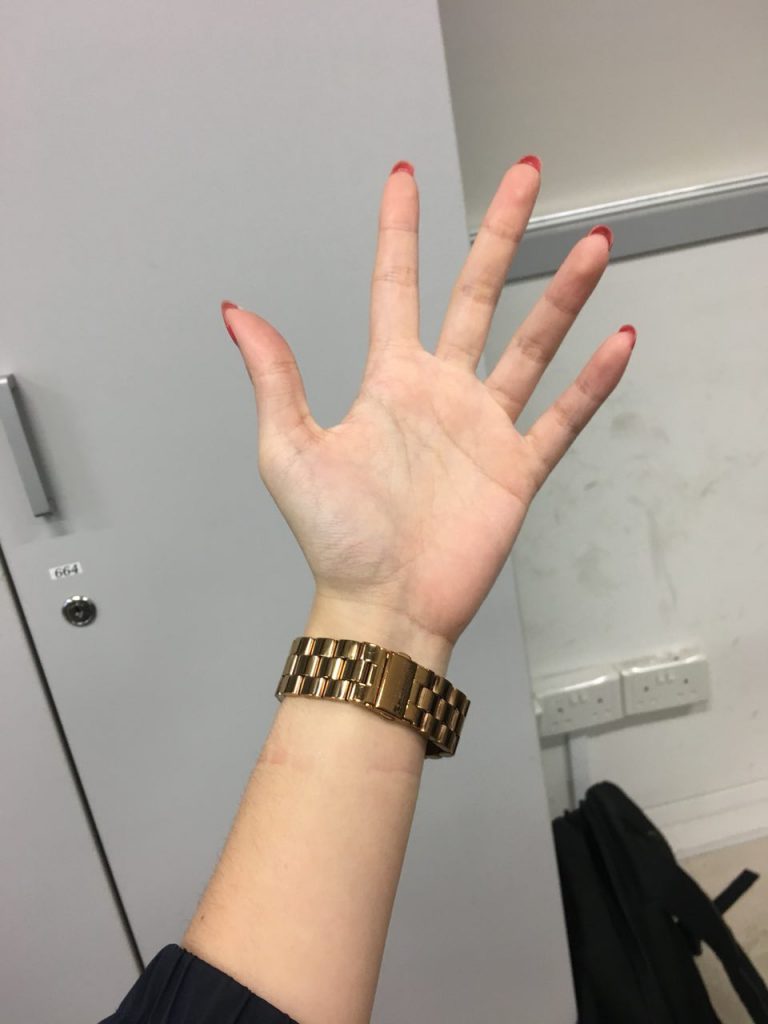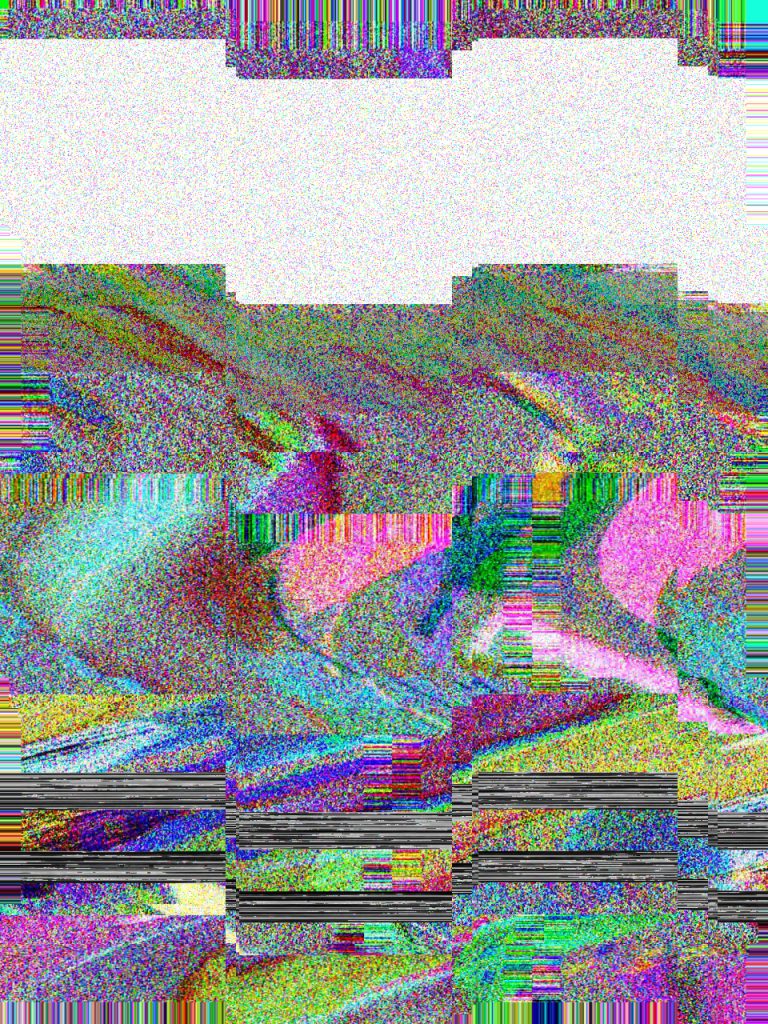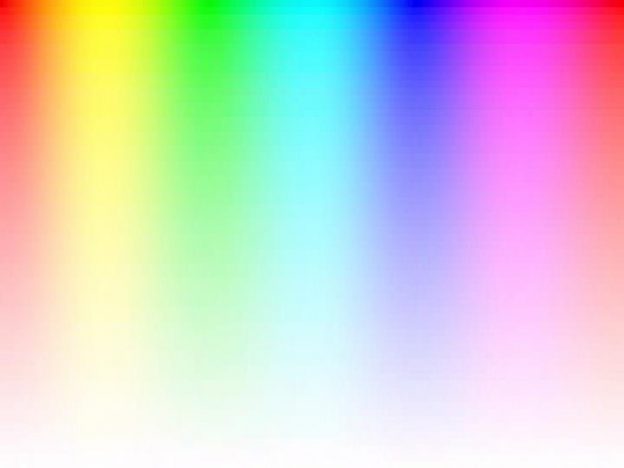Colour, is not just a visual perception. Colour is a silent language and is visceral; it is more intuitive than rational. Why is red perceived as a colour associated with anger? And for blue, sadness. Colour psychology has shown that hues are determinants of the human behaviour. Not only do colours influence perception, they evoke emotions as well.
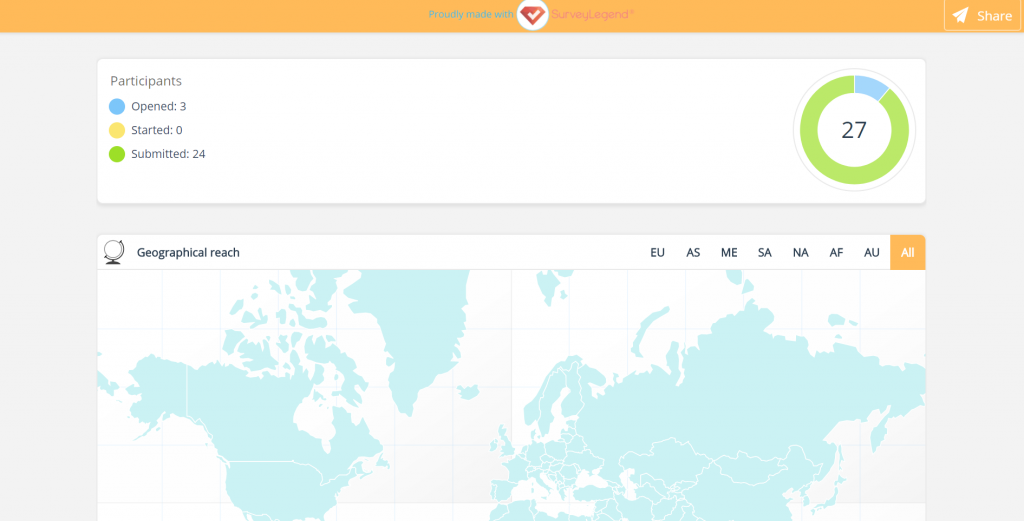
 Survey by SurveyLegend
Survey by SurveyLegend
“How is ADM Feeling Today?” is a collaborative crowdsourced artwork where the participants, our classmates, cast votes via a link, (click here to access the poll), based on their current mood. The poll options consist of a variety of colours and each colour represents an emotion.
As our classmates cast their votes, the main screen displays a colour: the averaged colour based on their responses. When our classmates were voting, colours shifted to a cooler shade as the majority of them voted for restless (green) and sad (blue). Eventually, neutral (white) prevailed as the most voted mood and the colour shown on the screen became pastel teal. Cumulated responses in real time depict the colour that will be shown on screen, thus, answering the question – How is ADM feeling today?
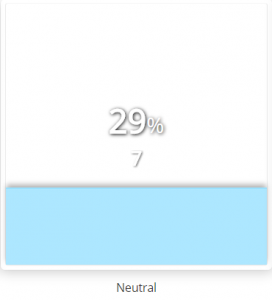

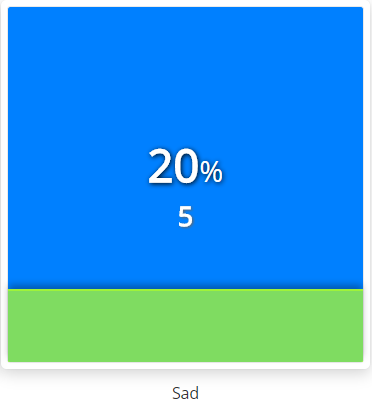
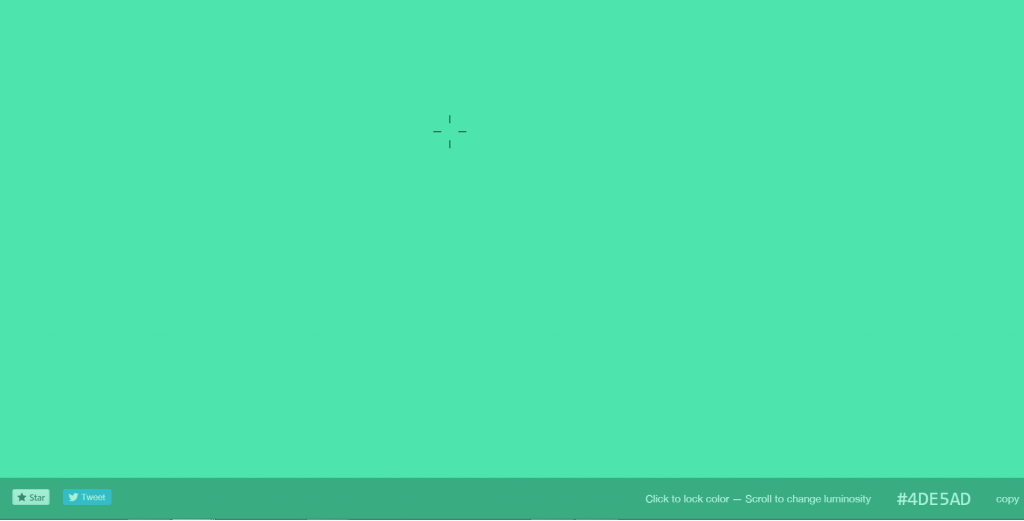
Colour picker from Colour Aurlien.
By using a collaborative approach to create art, we are open to endless possibilities of experiencing something new. As mentioned from Marc Garrett’s article on D.I.W.O (Do-It-With-Others), a willingness to transform our ideas and intentions not solely based on ‘proprietorial’ dependencies, and a fetish for the ‘New’, allows space for ‘different versions of the new’ and ‘old’ dialogues to evolve. This enables the embracing of holistic gradations and interactions with others, which also include differences; possibilities and diversities connecting with ecology and a variant of creative expressions (Garrett, 2014).
Relating to the article, expressing moods using colours and visuals can be an innovation and collaborative way to create greater social awareness and to know how others are feeling. How often do we express ourselves to others, especially in this digitalized world? Although it may not be much, we can bridge the gap between solely peer-to-peer interaction and digitalized mediums. Instead of asking the class verbally, “How is everyone feeling today?”, we could change it up and ask them through this collaborative experience. James Wallbank, in his essay for ISEA in 2010, wrote: “Creativity transforms value”. And, really, nothing is as valuable as experiencing and building these interpersonal relationships through art.
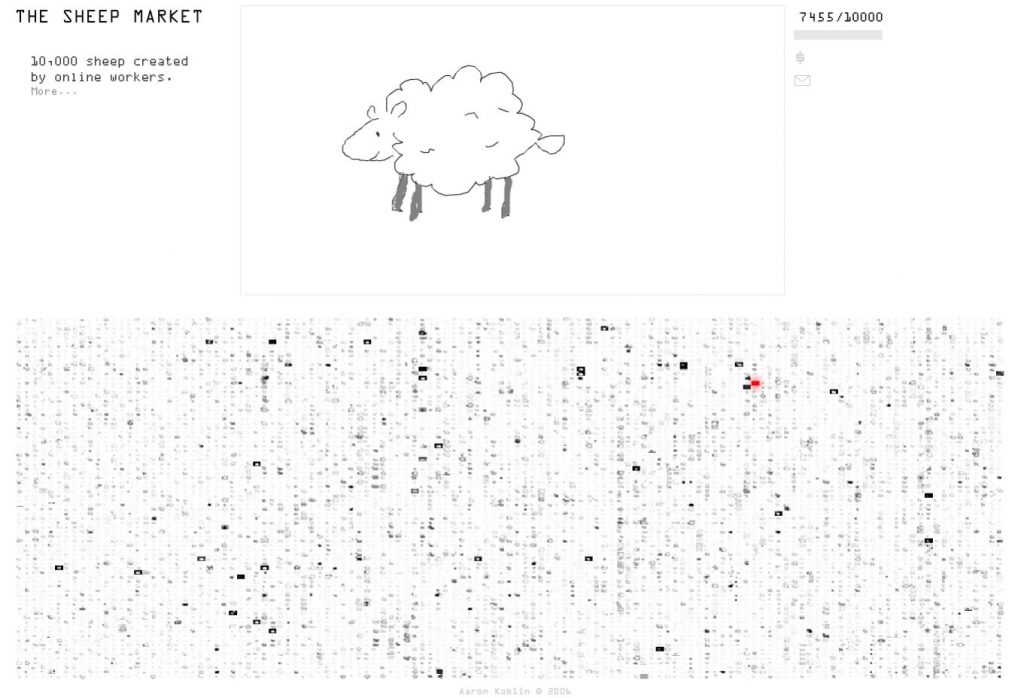
Screenshot of The Sheep Market.
The value is the artwork itself; a collective art piece. A similar art piece, The Sheep Market (2006) by Aaron Koblin is a collection of 10,000 sheep created by workers on Amazon’s Mechanical Turk. Each worker was paid $.02 (US) to “draw a sheep facing left”. This artwork “enables online users to contribute a tiny part of a large project” and “have little knowledge of what the larger finished product will be” (OSS, 2018). Both the contribution and anticipation of the collective final piece were aspects that “How is ADM Feeling Today?” adopted. As said, the value would be seeing the results; be it rewarding, satisfied, expected or unexpected. An example would be that as our classmates voted and the final colour, pastel teal, was shown on screen, it surprised Lei, who voted for happy (yellow). For people who voted for neutral (white), sad (blue) or restless (green), like myself, it may come off as an empathetic experience; having the same mood reassures me that I am not the only one feeling restless that day.
Altogether, my group (myself, Dion and Ying Hui) felt that this microproject encapsulated the essence of D.I.W.O. As both creators and participants of “How is ADM Feeling Today?”, it was a fun and insightful project to both work on and learn from. Some of the things that I felt that could have been improved are the technical capabilities and the scale of the crowdsourcing. Firstly, the change in colours was done manually. If we could make it change automatically according to the variable (number of votes) by using hex colour codes, it would have been a more complete and interactive piece. Secondly, if the coding mentioned above works, this artwork could be done in a way larger scale – from just G04 to the entire school, or even worldwide.
